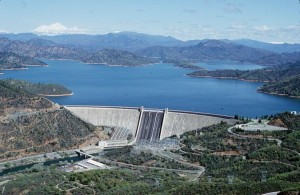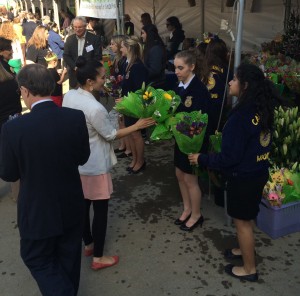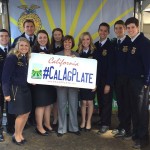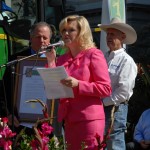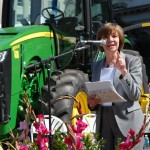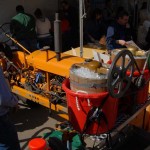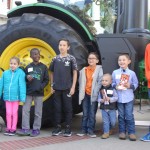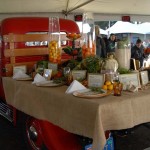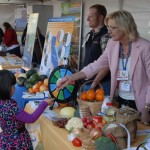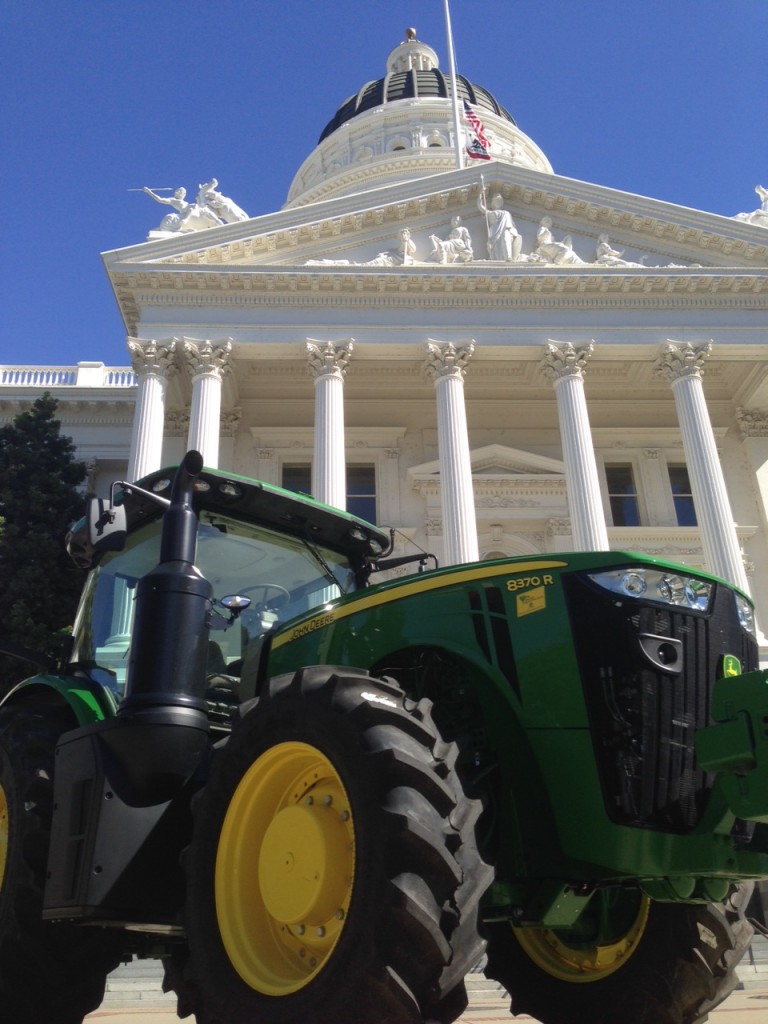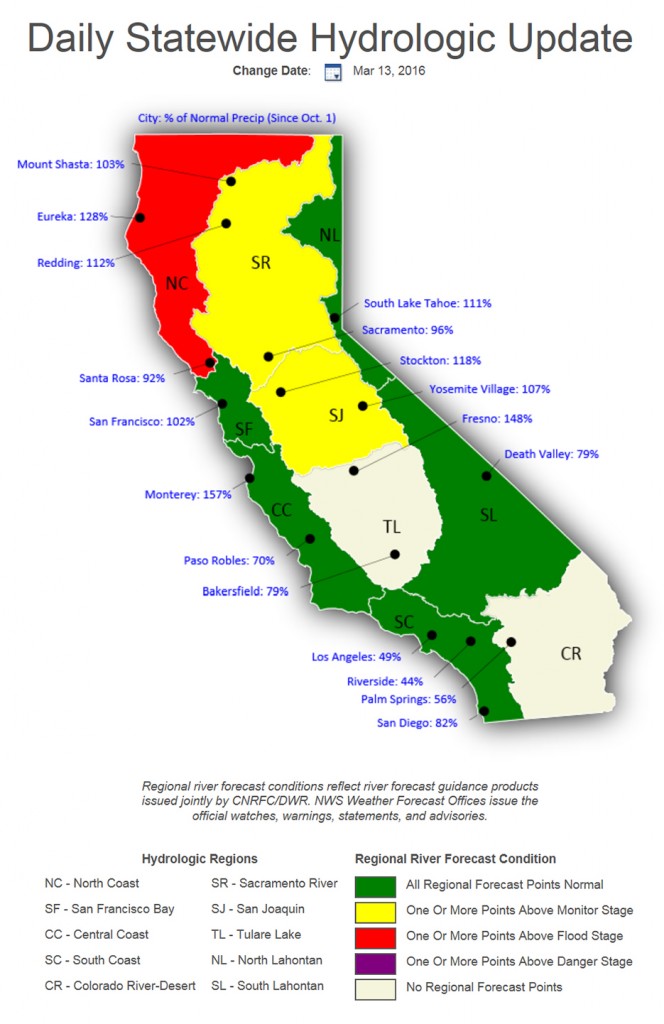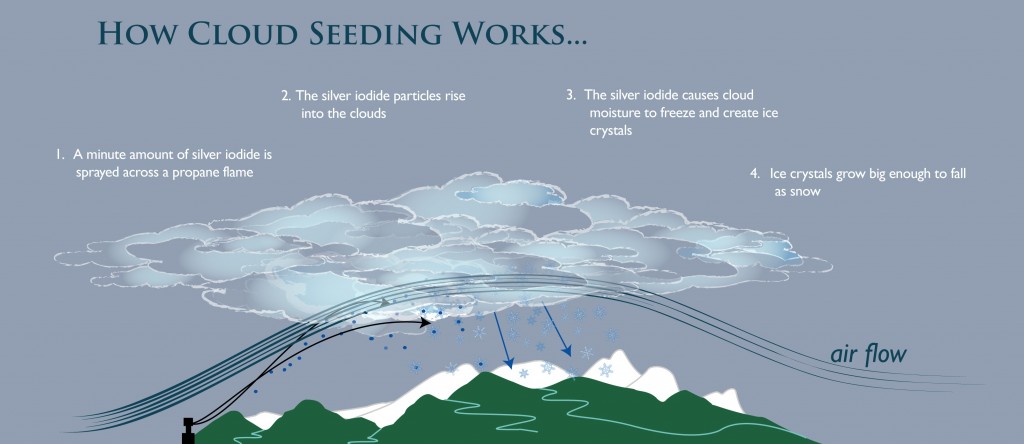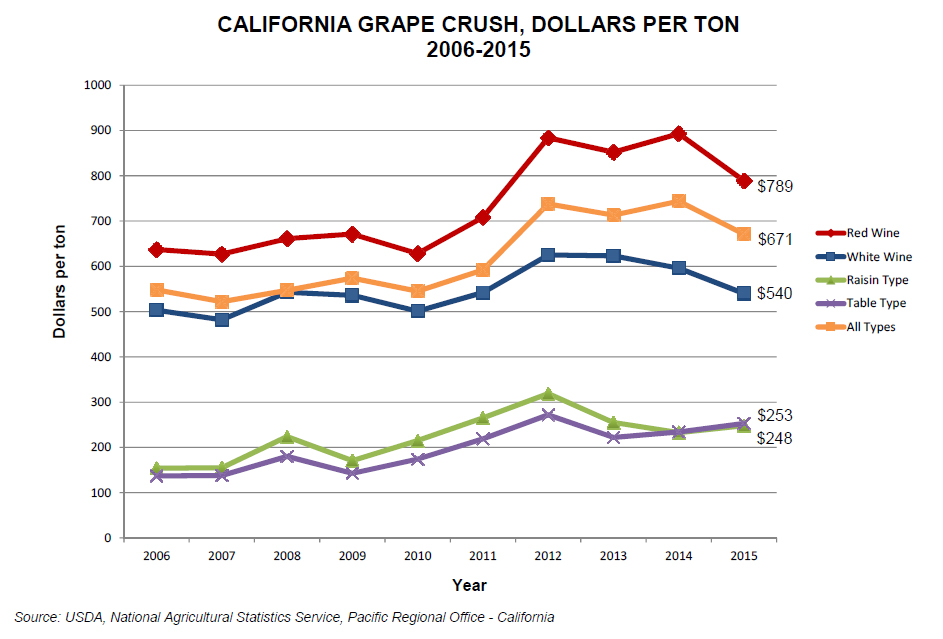With March storms boosting reservoir levels, the Department of Water Resources (DWR) has increased its water delivery estimate (allocation) for most recipients to 45 percent of requests for the calendar year.
DWR’s initial State Water Project (SWP) allocation of 10 percent of requests, announced in December, was increased to 15 percent on January 26 and to 30 percent on February 24 after January storms increased the Sierra snowpack and brought significant rainfall to the drought-parched state.
Although February was mostly dry, rain and snow returned this month to boost the state’s two largest reservoirs – Shasta Lake and Lake Oroville – to slightly above their historic levels for the date. Some key reservoirs, however, remain far below expected levels for this time of year. The drought has not ended.
Although California is on track to end the winter season with near-average conditions, one such season does not compensate for four prior years of drought. Accurately predicting whether water year 2017 will be wet, dry, or average is beyond the skill of climate forecasters, and we must be prepared for the possibility of a dry 2017. Even with reservoir levels rising, conservation is the surest and easiest way to stretch supplies.
Collectively, SWP Contractors serve approximately 25 million Californians and just under a million acres of irrigated farmland. The SWP provides the same allocation percentages to cities and farms. The U.S. Bureau of Reclamation, which operates California’s other major water project, the Central Valley Project (CVP), is expected to announce later this month its initial allocation to farms and cities. The SWP and CVP have different legal and contractual obligations and operational capabilities, and the CVP uses a priority system to allocate water. Key reservoirs are rising from winter storms, but some remain below average for the date.
Last year’s (2015) 20 percent SWP allocation was the second lowest since 1991, when agricultural customers of the SWP got a zero allocation and municipal customers received 30 percent of requests. In 2014, SWP deliveries were five percent of requested amounts for all customers. The last 100 percent allocation was in 2006. Seven of the nine years since 2007 have been dry.
Governor Edmund G. Brown Jr. declared a drought state of emergency in January 2014 and directed state agencies to take all necessary actions to respond to drought conditions. In April 2015, Governor Brown announced the first-ever 25 percent statewide mandatory water reductions and a series of actions to help save water, increase enforcement to prevent wasteful water use, streamline the state’s drought response and invest in new technologies that will make California more drought resilient. Californians have responded with unprecedented conservation efforts. To date, guided by the California Water Action Plan, the state has committed hundreds of millions of dollars – including Water Bond funds – to emergency drought relief, disaster assistance, water conservation and infrastructure projects across the state. To learn about all the actions the state has taken to manage our water system and cope with the impacts of the drought, visit Drought.CA.gov.



